Beer & Wine
New Zealand is famed for both the quality and the quantity of its beers and wines. Boasting some of the very best beers and wines in the world, it is evident that New Zealand’s Brewmasters and Vintners have a depth of knowledge and inventiveness that is to be admired. Each and every one of these experts know that you can’t control what you’re not measuring.
Grapes vary greatly between season to season and orchard to orchard. To make the best wine, this variability needs to be measured and accounted for. Most wineries are keen to find an alternative to titration which tends to be labour intensive, expensive in terms of reagents and subject to user error. There are instruments available that can deliver fast, accurate results both for the calculation of sulfur dioxide (SO2) in wine, juice, and must and titratable acidity. With a refractometer from Atago, it is possible to measure Brix + Acid (Total Acidity to Tartaric Acid Conversion) and Sugar/Acid ratio (displayed item). This is as simple as a few drops of liquid onto the sample stage and then reading the results from the screen – fast and easy, with usable results in only a few minutes.
Traditionally, measuring the Brix (or Plato) of wort via refractometry has been difficult due to the suspended solids in wort. With advances in technology however, there are refractometers available that can measure the refractive index of wort, and even convert it to °Plato with temperature compensation.
Mätt Solutions offer shelf-life testing services that look at the product's "complete picture", considering all its aspects to determine when and what ends the shelf life for beer or wine products. Packaging provides protection from extremes in light, temperature, humidity and oxygen all of which will reduce shelf-life if not controlled. To perform an accurate shelf-life test, it is imperative to expose the product to different conditions to know when and why it fails.
Mätt Solutions have a wide selection of chambers and simulation set-ups to test these extremes and help determine the shelf-life and durability of beers and wines by offering both accelerated and real time shelf-life studies as applicable. At the end of the trial, a comprehensive report is provided that states the actual shelf-life of the product, outlines reasons for failure and in most cases recommends ways to improve. This report tends to be a requirement by most supermarket chains and is well received by auditors and MPI (Ministry of Primary Industries)
Dissolved Oxygen or DO can be measured with a specialist DO meter or multiparameter instruments that can be used for BOTH DO and pH.
Dissolved oxygen in beer can negatively affect the flavour and cause unpleasant haze. For good quality some manufacturers will target a DO rate below 0.05ppm for bottled beer or approx. 8ppm for wort (product dependent). Dissolved oxygen can be measured by a variety of hand-held DO Meters or with the Centec Oxytrans M
Typically, the pH level of a wine ranges from 3 to 4. When measuring the “acidity” of wine it is very important to understand whether you want to measure titratable acidity or pH – the two are different and will tell you different things.
Yes, the Brix/plato/sugar level of beer or wort can be directly measured with a handheld refractometer. There is also a specialist instrument from Hanna Instruments that has a scale for Alcohol potential and brix in a single instrument.
Applicable Instruments
-
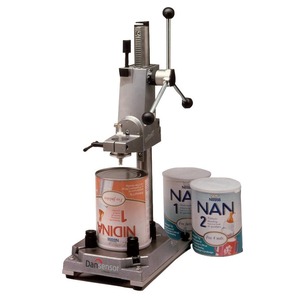
Can Piercer
Dansensor Can Piercer for milk powder cans, soft drink cans, wine bottles, ready to drink containers and PET bottles
-
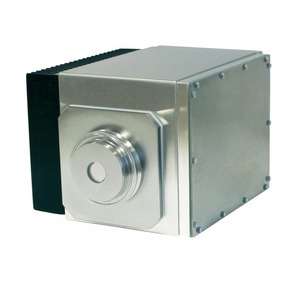
DA 7300 - NIR Analyzer
On-line instrument continuous analysis of moisture, protein, fat and more
-
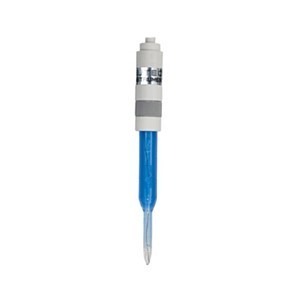
EC620133 Speartip PH Electrode
Open pore spear tip electrode. Suitable for semi-solid samples.
-
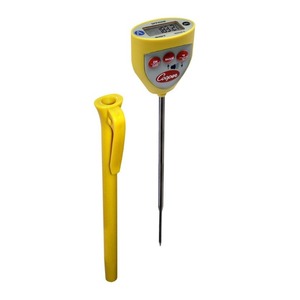
DFP450W Handheld Thermometer
Easy to carry, water proof thermometer
-
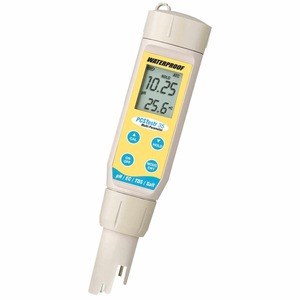
PCSTestr 35 Mutliparamter Tester
pocket size tester measures that five parameters (measures pH, Conductivity, TDS, Salinity and Temperature)
-
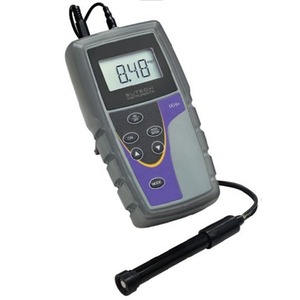
DO 6+ Dissolved Oxygen Meter
Easy to carry Dissolved Oxygen Meter
-
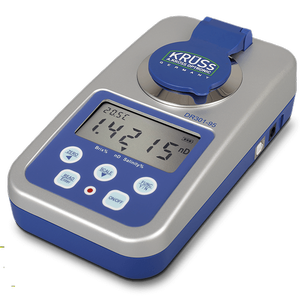
Digital Hand-held Refractometers
Compact digital refractometer helps eliminate user-related reading errors
-
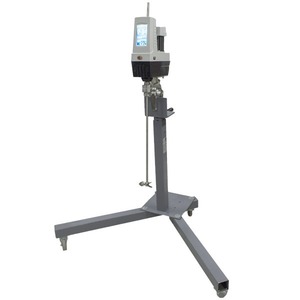
Crossover 1540
Powerful industrial mixer.
-
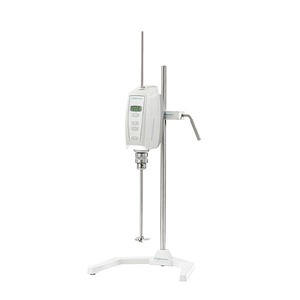
Compact Overhead Stirrers
Lightweight Stirrer
-
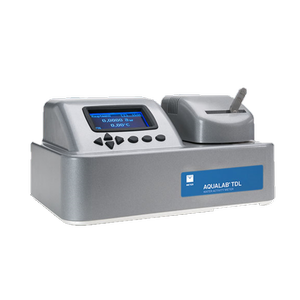
Water Activity Meter - Aqualab TDL
Test volatile samples. Super Accurate
-
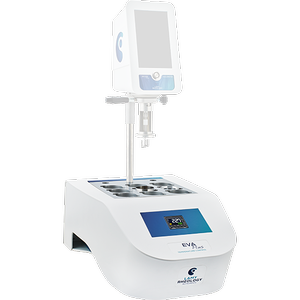
EVA MS-R
Temperature control system for measuring system as anchors type
-
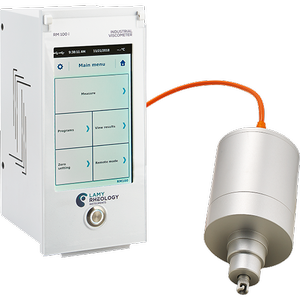
RM 100 I TOUCH
perfectly suited for so-called immersion use, installing it over a tank or on a support for a measurement in a pot
